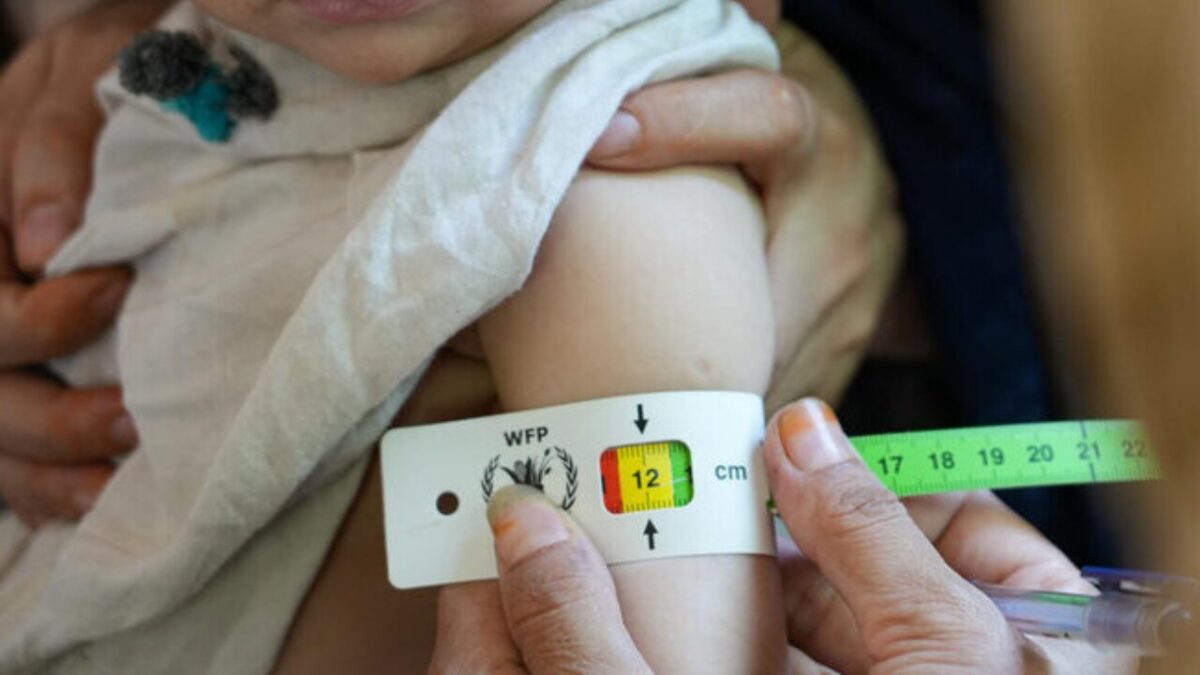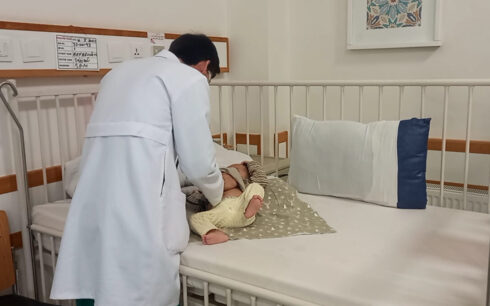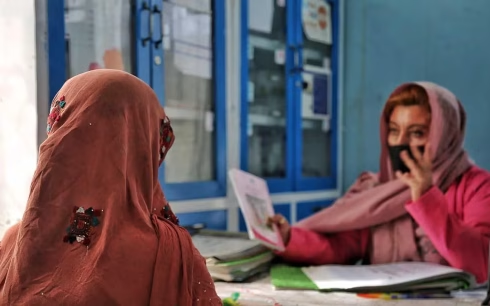KABUL, Afghanistan — The United Nations World Food Program (WFP) warned this week that malnutrition threatens to affect as many as 3.5 million young children across Afghanistan in 2025, amid a worsening humanitarian crisis and deepening funding shortfalls.
“This is enormous. We haven’t seen anything like this in the past four years,” said Mona Shaikh, head of nutrition for WFP in Afghanistan.
In its latest report, the agency said 1.2 million pregnant and breastfeeding women are already suffering from malnutrition and require immediate nutritional support and treatment.
WFP data show that food insecurity remains widespread. Eight in ten Afghan families cannot afford a basic diet, and three out of four families are forced to borrow money to buy food. One-third of the country’s population — roughly 15 million people — currently depend on emergency food assistance to survive.
The agency said it urgently needs $555 million to sustain critical operations over the next six months. Without additional funding, it warned, essential services — including emergency food assistance, school feeding, malnutrition treatment, and vocational training for women — could be severely scaled back or halted altogether.
“People are in an extremely difficult situation,” Shaikh said. “We are seeing more women and children coming into clinics. Many of these mothers are very young themselves.”
She added that WFP often serves as the last line of support for women trying to feed their children, but deepening restrictions and gender-based barriers are forcing many to make desperate choices.
“Each year we’re seeing more women than expected at our clinics. When mothers are malnourished, their children inevitably suffer,” she said.
In 2024, WFP provided assistance to approximately 10 million women and children across Afghanistan. That included treatment for 1.4 million malnourished children — 829,000 of them girls — and one million women.
But despite the scale of the need, WFP says that current funding only allows it to reach around 6 million people each month, less than half of those in need.
The agency also noted growing vulnerabilities among households led by women. Two-thirds of these families are unable to access essential food supplies.
“When a woman or a child is malnourished, they must be treated immediately,” Shaikh said. “If not, their condition can quickly worsen into severe acute malnutrition, which is life-threatening. Children with even moderate malnutrition are three times more likely to die than healthy children.”
Due to budget constraints, the agency has been forced to narrow its target group. Where WFP previously served children from six months to five years old, it can now only support children under the age of two.
“We’re struggling,” Shaikh said. “Pregnant and breastfeeding women are receiving just half the food they need to prevent malnutrition.”
WFP distributes food aid to selected families in the form of non-cash rations or cash-based transfers for food purchases, depending on local conditions. The agency continues to urge the international community to step in with urgent support before the crisis worsens further.





